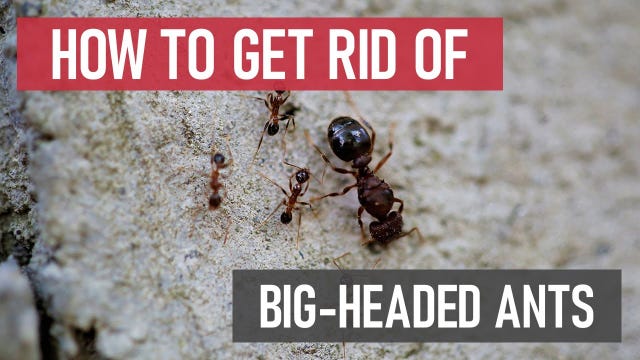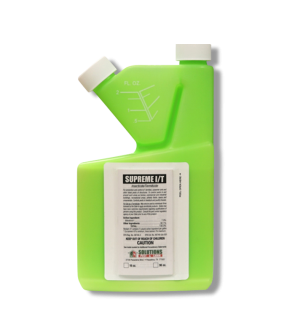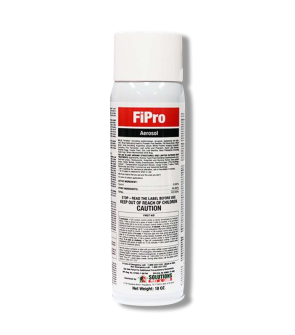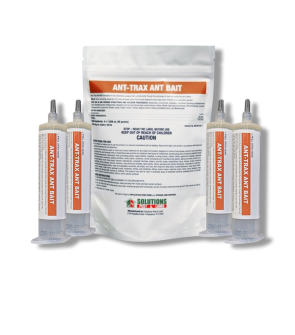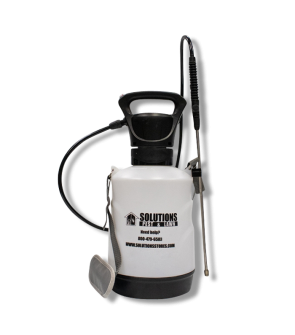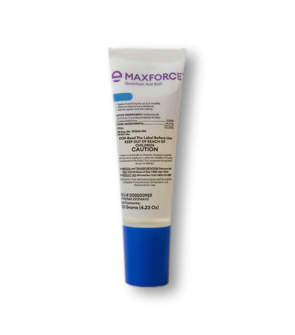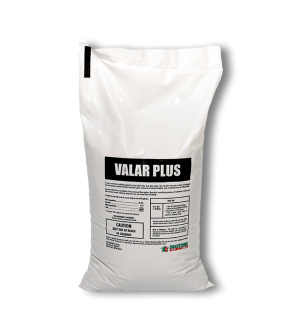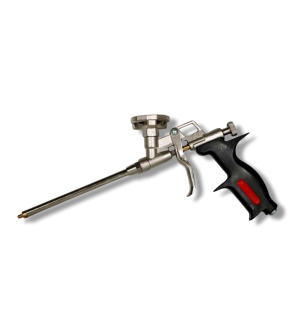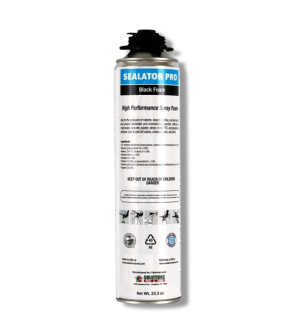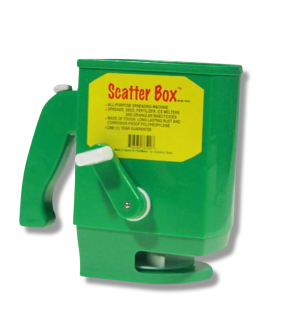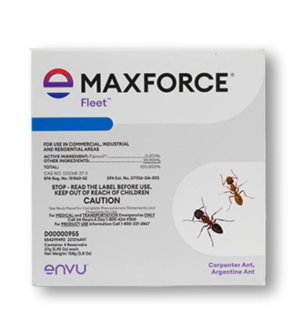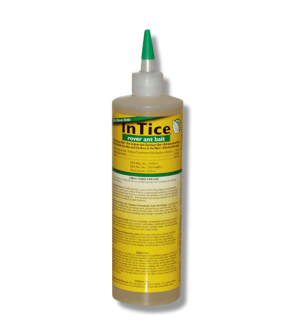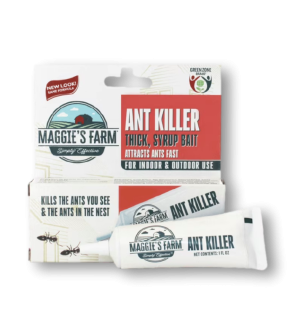Gain access to personalized product screening, the best pricing, rewards, and more!
Most Effective Products
Bigheaded Ant Control: How To Get Rid of Big-Headed Ants
This page is a bigheaded ant control guide. Using the products and methods suggested, you will get control of bigheaded ants. Follow this guide, use the recommended products, and we guarantee 100% control of bigheaded Ants.
Bigheaded ants, also known as coastal brown ants are one of the many species that infest homes and businesses. These ants can be a problem for two particular reasons.
Firstly, they are persistent foragers who will scavenge for food inside and outside the home. Secondly, bigheaded Ants are known to leave piles of dirt and other debris inside homes and in trails leading to and from their colonies.
While bigheaded ants do not sting or cause significant structural damage, they are known to make supercolonies without intervention. Read on to learn how to address bigheaded ants and what professional products work best to eliminate them.
Identification
Before you can treat, you must ensure you're dealing with bigheaded ants and not another type of species. Misidentification can lead to using the wrong treatment products, wasting time and money. Below, you can find the common characteristics that set bigheaded ants apart. <>For identification purposes, you can leave a drop of peanut butter near the foraging activity to draw out major workers.
- Bigheaded ants are small, light brown, yellow, to red or dark reddish brown ants with two distinct sizes of worker ants. The minor workers are 2 mm and have a normal-sized head. The major workers are larger in size at 3-4 mm and are most easily recognized by their enlarged heads. These major workers are tasked with protecting the colony or cracking seeds, while the minor workers tend to the larvae in the nest, scout for food, and help build the nest.
- The petiole of these ants are two-segmented, and the node behind them is conspicuously swollen.
- They have 12-segmented antennae, with a 3-segmented club and one pair of spines between the head and thorax.
Use the image and description above to help you properly identify bigheaded ants on your property. If you are unsure, you can contact us with a high-quality closeup photo of the ant, and we will try to identify the species for you.
Inspection
After you have confirmed that you are dealing with bigheaded ants, you need to perform an inspection. During this phase, you need to locate the areas where bigheaded ants are found or infesting so you know where to focus treatment.
Where To Inspect
Bigheaded ants can be found throughout the United States with most species preferring warm, dry climates. Exact nesting habits will vary from species to species, but colonies generally start in soil against foundations, along roadsides, or in lawns. They can also build colonies into rotting wood, stumps, and debris piles.
Outdoors, search in areas where soil has been disturbed or exposed, such as under porches and along a building's foundation, lawns, flower beds, and under objects on the ground like flowerpots, rocks, bricks, and cement slabs. They may also nest in rotting wood, such as tree stumps, or between cement or paved walkways, sidewalks, and driveways.
Indoors, bigheaded ants can create nests in interior wall cavities and around water pipes. However, they are more often than not only foraging indoors and will have an outdoor nest since that is their preference.
What To Look For
Outdoors, bigheaded ants eat insects, seeds, and honeydew from aphids or scale insects. Indoors, they will forage for meats, greasy substances, and sugary foods. Examine these sites for ant trails and foraging activity.
Once you have identified a couple of areas you believe are the colony or their foraging trails, you will focus your chemical treatment on these.
In some cases, bigheaded ants are capable of growing their colonies into supercolonies. These supercolonies can span beyond the size of a single property to encompass an entire neighborhood block.
Treatment
Once you have confirmed bigheaded ant activity, it is time to apply for treatment. Remember to read all product labels, follow the application instructions on these labels, and stay safe by wearing personal protective equipment (PPE).
For tremendous success in getting rid of bigheaded ants, you must treat them indoors and outdoors.
If you have bigheaded ant infestation indoors, start there with a combination of Ant-Trax Ant Bait and FiPro Foaming Aerosol.
If your infestation is only outdoors, you can focus only on outdoor treatments and ignore indoor treatments. We recommend using Supreme IT and Valar Plus Bifenthrin Granules outdoors.
Step 1: Indoor Treatment
Indoor treatment is essential for actively foraging bigheaded ants. You will use two products: Fipro Foaming Aerosol and Ant-Trax Ant Bait. These products are non-repellents that work slowly, allowing the ants to carry the poison back to the colony, where the whole population is exterminated.
FiPro Foaming Aerosol
Start with an application of FiPro Foaming Aerosol. FiPro is made with fipronil, a non-repellent insecticide. We recommend non-repelling products to avoid disturbing ant activity. When ants sense danger, they send signals to their nests that can result in an infestation branching and potentially becoming worse, so a non-repelling residual insecticide will treat ants without them knowing.
Spray along the lengths of cracks and crevices where you’ve seen ants travel and allow the foam to expand. In voids, spray long enough for the product to expand and cover the entire surface area.
When applied properly, ants will travel through the treated areas without detecting the product and transfer the poison to the rest of the colony. Ants affected by FiPro will die within a few hours.
To avoid disturbing the ants, make applications when ants are not visibly active.
Ant-Trax Ant Bait
Next, apply Ant-Trax Ant Bait. Ant-Trax Ant Bait is a bait gel made with imidacloprid, a slow-killing insecticide. As ants encounter the bait, they will bring it back to their nests to share, affecting the entire population before systemically eliminating the colony.
Use 0.006 oz. of Ant-Trax Ant Bait per square yard or 0.066 oz. of product per 100 sq. ft. to control bigheaded ants.
Apply at the rate of a pea-sized drop in areas where foraging trails are ground. Also, apply near window frames, door frames, countertops, behind appliances, and where bigheaded ants are found.
With both these products, remember not to kill the ants that appear or clean the areas (using cleaning supplies) where Fipro and Ant-Trax were applied. The point is to let the ants come in contact with the products and to bring them back to the nest.
Allow several days to pass, and do not disturb the ants that come in contact with both products. During this time, do not use cleaning supplies or disrupt their foraging trails.
Step 2: Outdoor Treatment with Supreme IT
After ant activity has stopped indoors, move on to outdoor treatments. You will want to perform a perimeter treatment around your structure with Supreme IT.
Supreme IT is a powerful insecticide that can be used to create a perimeter barrier around the foundation of your structure. This product has residual (or long-term) effects that last 90 days. It also repels and kills insects like bigheaded ants.
Measure the square footage of your yard and property to determine how much Supreme IT you will need to mix in your sprayer. Then, find the square footage by measuring the treatment area's length and width in feet, multiplying them together (length X width = square footage).
This product will need to be mixed with water in a handheld pump sprayer or backpack sprayer.
For a perimeter application, apply 1 fl. oz. of Supreme IT with 1 gallon of water to treat 1,000 square feet.
Pour in half the amount of water, add the measured amount of Supreme IT, then add in the remaining half of the water. Close the tank lid and shake well until the solution is well-mixed.
Apply the Supreme IT mixture all around the perimeter of your structure by spraying 3 feet up and 3 feet out from the foundation. Spray all around the structure's perimeter while spraying around window frames, door frames, eaves, soffits, rain gutters, garage doors, electrical/plumbing penetrations, and cracks and crevices.
Keep people and pets away from the treated area until the spray has completely dried.
Step 3: Broadcast Valar Plus Bifenthrin Granules
Finally, finish treatment with Valar Plus. Valar Plus Bifenthrin Granules is a granular insecticide that treats many lawn insects, including ants. This product has a residual effect lasting up to three months and can be broadcast over your entire yard to address the bigheaded ant infestation.
To control ants, use 2.3 to 4.6 pounds of Valar Plus Bifenthrin Granules to treat 1,000 square feet of lawn.
To broadcast the Valar Plus Bifenthrin Granules, you could use a push or handheld spreader.
While both styles are easy to use, a broadcast may be better suited for larger lawns as it holds more granules than a hand spreader and can cover a lot of ground quickly.
After measuring the square footage of your lawn, add the appropriate amount of Valar Plus Bifenthrin Granules to your spreader.
Broadcast it uniformly over your entire lawn while walking at a steady pace.
Prevention
After eliminating bigheaded ants, you must implement preventative measures to kill the chances of re-infestation. Changing the environment to make it less friendly for Bigheaded ants is essential.
- Big-headed ants only come indoors when they are looking for food, and they love oily and greasy foods. Keep your home clean and wipe up any spills immediately. Also, store your food in tight containers and take out your garbage regularly.
- Sealing up any possible entryways into your home with caulk or Solutions Sealator Pro Black Foam will help reduce the entry points bigheaded ants have into your home.
- Clean up around your yard, pick up general yard debris, like woodpiles, leaf litter, lumber, logs, stones, bricks, and other possible harborage areas.
- Trim vegetation back away from your property to block access to your home.
- Finally, use Supreme IT around the perimeter of your property every 90 days to maintain a protective barrier that repels and kills ants.
Key Takeaways
What are Bigheaded Ants?
- Bigheaded ants are a unique species known for the abnormally large heads of the major worker ants.
How to Get Rid of Bigheaded Ants
- An indoor/outdoor treatment program using Supreme IT, Valar Plus Bifenthrin Granules, Fipro Foaming Aerosol, and Ant-Trax Ant Bait are essential for complete control of bigheaded ants.
Preventing Bigheaded Ant Reinfestation
- Prevent bigheaded ant reinfestation by modifying your home to make it less welcoming to these pests. Regularly cleaning up and sealing their entry points will also help establish lasting control. Keep up with quarterly applications of Supreme IT around your home and lawn to further repel bigheaded ants.






